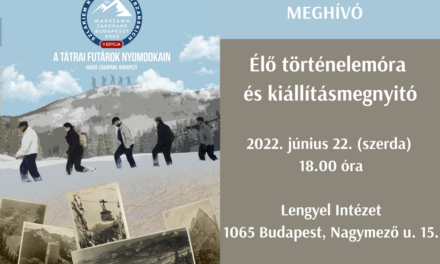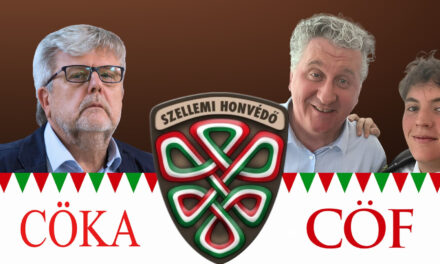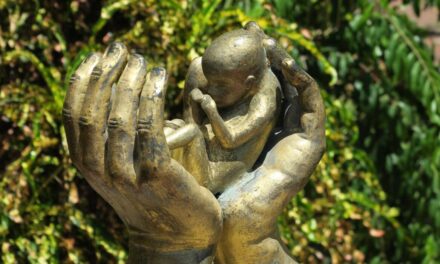On December 16, we celebrate the birthday of Károly Kós, on which day it was customary to present the award created in his memory.
During the government of Viktor Orbán, I was able to get it for submission to the Ministry of the Interior, and I am writing my article based on this obligation and the right of my Hungarian citizenship, and I am sending a message to the Rovos and Őrzők, our Brothers in Transylvania; keep their knowledge, because they know where the clean sources are!
I was inspired to write my message by the seemingly irrefutable, but in my opinion, fundamentally insulting to our Hungarianness as a whole, revelations about the Old Hungarian runic writing published in Mandiner by those with high recognition and titles. It would be expected of the "scientists" to state before their statements that e.g. according to my current knowledge, according to the current state of our knowledge, etc., and as a minimum, objective identifications should also be provided! An exceptional, refreshing read in the series is Borbála Obrusánszky, one of the lines worthy of a researcher, also written in the Mandiner article!
I don't "fall on my stomach" in front of the titles! Yes, for example, it was a big deal in 1984, and it still motivates me to take a symbolic main drive! In times of chilling soullessness, I hide in the warmth of memories like what happened in Iskáz. We went to the handing over of the birthplace of László Nagy, restored with our work as a monument designer. We were excitedly waiting for Kati Berek's poetry reading, which was condemned to be ignored, and which can finally be seen and heard again. I was able to meet Imre Makovecz, who was coming towards us, and Sándor Csoóri, who was talking to him and was just breaking out of silence. Imre welcomed me with pleasure, getting to know me through our work together at the time:
"It's good that you're here and your tie is good too."
Yes, it was a striking piece of quality - from Australia - and I got it from the former director of the Meteorological Institute, Uncle Géza Tóth, who was taken to Recsk for forced labor in 1950 for three years, who was a very close friend of our family at the time.
What a combination! Uncle Géza Tóth also built the library of the ELTE Department of Geophysics and was a "colleague" of many research scientists. Danié Hamar - also from the Muzsikás ensemble, geophysicist, doctor of earth sciences - who is jr. He played music with (also) Sándor Csoóri, and I also remember that of Attila Grandpierre, whose research was fortunately published today (15.12.2021) by a high-minded article written by Diána Zana in Magyar Nemzet, entitled The life principle operates the universe . The ancient Hungarians knew the secrets of the universe.
In this article, we can read, in the words of Attila Grandpierre:
"When I realized that the three cosmic principles are ultimately one, and that this unity is ensured by one of the three principles, the life principle, the meaning of the symbols of the cosmic trinity, the tree of life and the double cross became clear at once. Unexpectedly and to my greatest surprise, the symbols of the trinity, the double cross and the triple trinity connected my scientific research work with the main symbols of the ancient religion. I realized that someone already knew all this long before me, and they had to be Hungarians, because the double cross is only the sign of One in Hungarian runic writing."
With the double cross as the runic letter "GY", i.e. as the sign of ONE, we get from here to the writing I abandoned yesterday, the inscriptions on the coffered ceiling of the Unitarian church in Énlaka. As I have previously published the letter-by-letter reading of the inscription in Eţlaka (Kőszakvőjirat 2018./3. XX. éf. p. 37.-40.), I can now publish its textual interpretation expanded with further investigations.
The analysis of the generally accepted inscription was prompted by the two letters that are very characteristic and easily identifiable: the runic letters CS and A between the double cross and the cross.
If the double cross = GY, then when read together with the other letters, we do not get the inscription EGY AZ ITEN, nor when reading from left to right, especially if the cross is also interpreted as a letter, since it = the letter D. (By the way, according to my analyzes over many years, writing from left to right became more common in recent centuries.)
However, the meaning of the inscription is that the DOUBLE CROSS = ONE, UNITY!
Our runic writings are typically made with a choice and precise content, preserving and conveying very important written and symbolic content. On the runic tapestry of the church in Enlaka, reading according to the letters, from left to right, in today's language:
DEUTERONOMY: VI. / LOOK AT THE CROSS - CHILD OF THE DOUBLE CROSS
HER SON IS - HERE IS THE CROSS - HIS MOTHER IS ALSO THE DOUBLE CROSS OF OUR AND HER CROSS - SHE IS HEAVEN
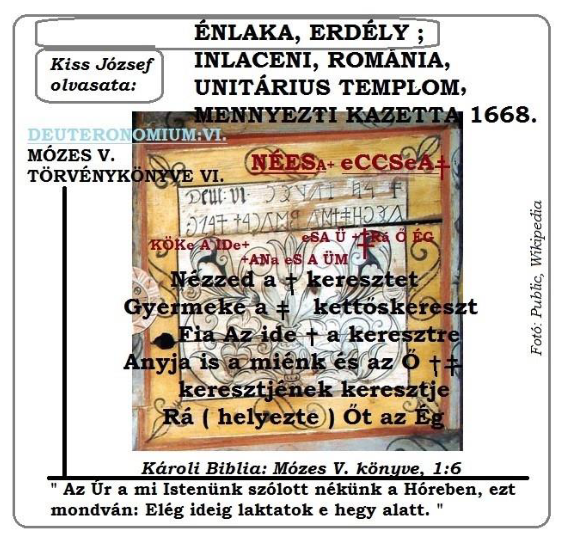
Also in the case of the runic inscription of the Énlaka church, he formulated the essential church history ideas of the period... "GEORGIUS MUSNIENSEM, PASTORE EXISTENTE JOHANNE ÁRKOSI"... as we can read on two other cassettes in Latin, which are usually not even mentioned. You don't have to "decipher" the names on the columned board, as they are reported in detail by the inscriptions written in Latin, thanks to the excellent photographer Zoltán Bagyinszki, I can easily quote:
“DOMS HOCCE TEMPLE PER MAN. NOXIUS IMMANIUM TARTARORUM ANNO 1661 IN CINERES REDUCTUM BENEFICIO ET PIO ERGA DEUM ZELO INCOLAS JENLAKIENSIS ET MARTONOSIEN. IN HONOREM UNI VERI DEI LACUNARE TECTUM ARTE PICTORIA INSIGNIT A. 1668 GEORGIUS MUSNIENSEM, PASTORE EXISTENTE ARCHENT JOHANNE. Next to it we can read: PECCATUM IDOLATRIE CONDIDIT IN TERRIS HOMINEM DEUS UNIC UNUM FACTUS HOMO MULTOS FECIT IN ORBE DEOS — TEMPORE EDILIUM MICH. BÁLINT, SEBESTYEN PETRI, GEOR. MIKLOS, AND. SIGMOND. On the cassette above the former, there is the inscription SCALA COELI filling the entire field. On one of the tapes, we can see the carpenter's name: PER MANUS MENSARII ANDREAE SZASZ MENSE AUGUSTO."
Examining the other possible interpretation of the Enlaka inscription also by reading it from right to left, although a bit forced, we get essentially the same interpretation:
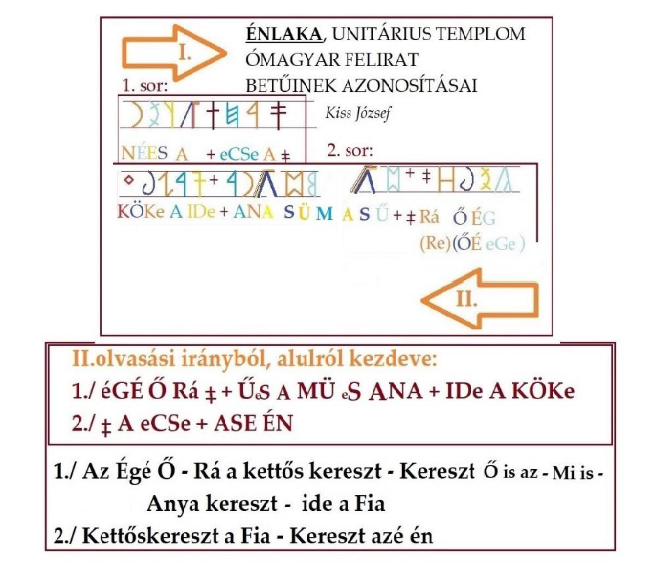
In essence, it repeats, in a bravura way, the idea that the double cross is the child of the cross, the cross, which is also a symbol of the Son of the Virgin, just as the son of the Cross is also the Double Cross. Therefore, there is no need to give up the self-presentation of the motto of the Unitarians, but I think it is expected that we read it according to the exact reading, with much more nuanced and much more complex thoughts, exactly as it was described!
József Kiss, award-winning landscape and garden architect Károly Kós
Photo: Taken by Ferenc Csomafáy / Wikipedia


